Text
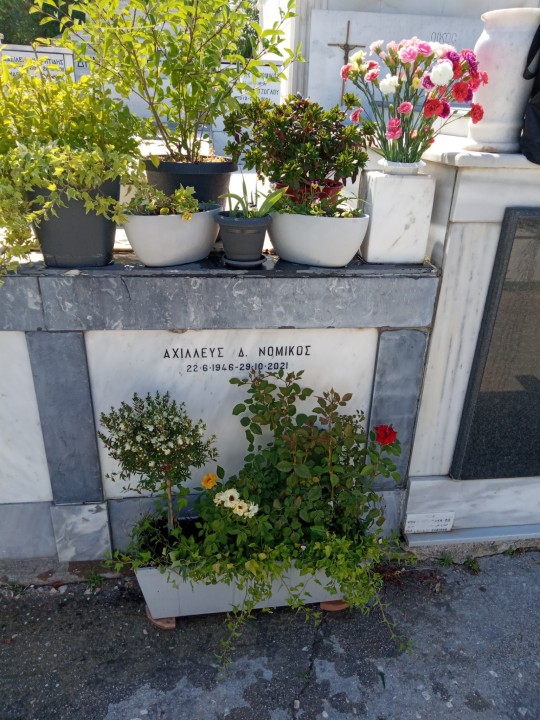
Myrtle tree our symbol of eternal love
9 notes
·
View notes
Text
Agios Giorgios Keramidiou, Parnitha, Attica
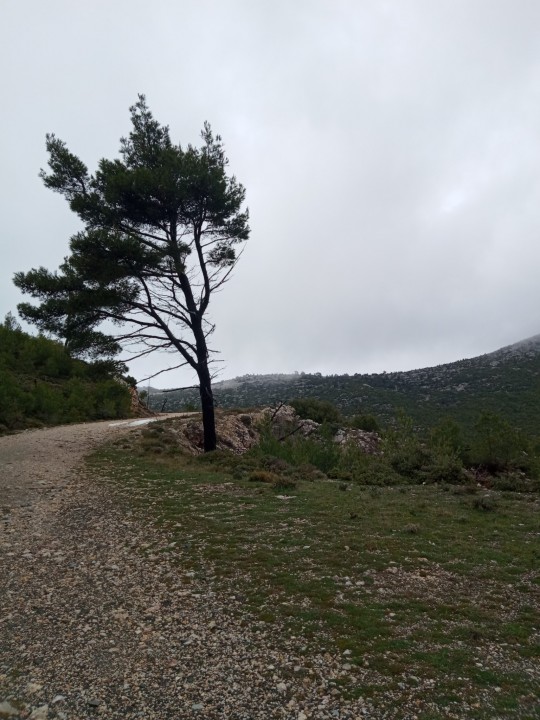
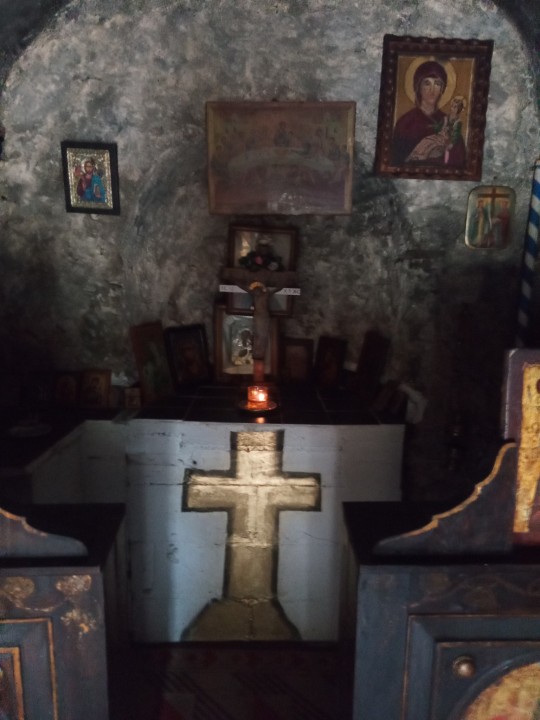

Today we visited Achilles favorite chapel for the first time without him.
2 notes
·
View notes
Link
Post from elladastinkardiamou.tumblr.com 🌱

A 2,500 year old ancient olive tree on the island of Evia was destroyed today in the ongoing wildfires consuming the region. The ancient tree was located in the olive grove of Rovia, and was such an enduring symbol of the landscape that the ancient geographer and philosopher Strabo featured it in his writings.
The tree was large, with a trunk so wide ten people could fit along its diameter. The tree was fertile with olives all the way until it fell victim to the wildfire.
The tragic loss of the Evian tree was posted to Twitter by Apostolis Panagiotou, and the evocative image quickly gained over a thousand likes, with many Greeks leaving responses mourning the impact of the fires.
3K notes
·
View notes
Text
Parkinsonia aculeata L., Fabaceae,
13.7.2021, Pevki-Athens, Attica Greece
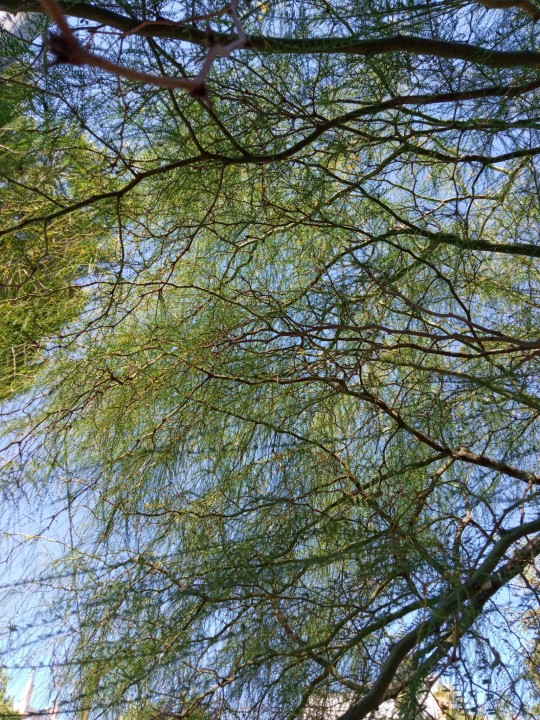

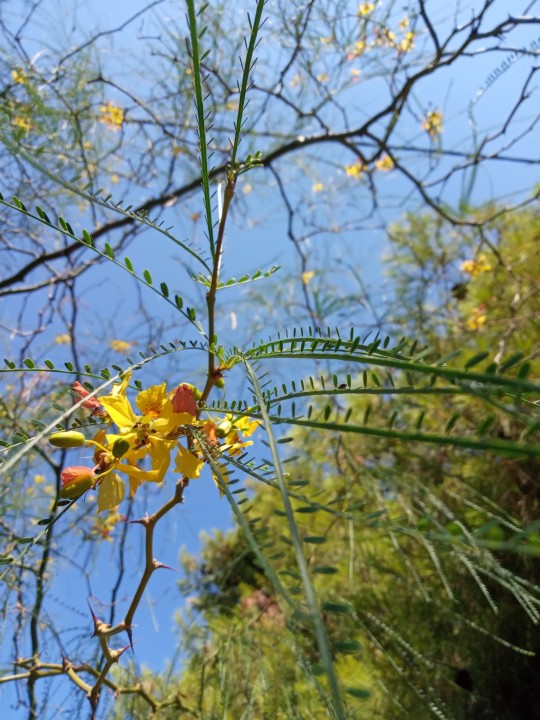

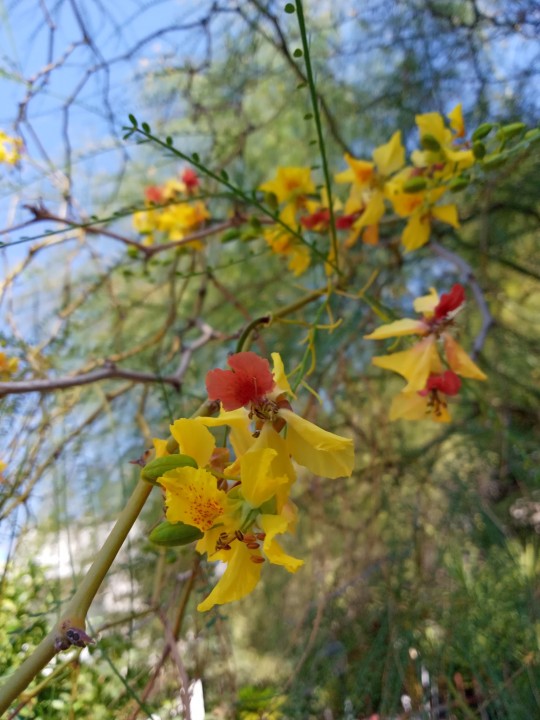
Native from central Texas south as far as northern South America and west to Arizona, this is a very fast growing, graceful-looking tree for poor soils, with unusual green bark and a long bloom period. It is drought-, heat-, and saline tolerant. This beautiful but thorny tree does best in spots that are neither too moist nor too dry. With too much moisture, it will seed out aggressively. With too little moisture, it will lose all its leaves. The drought leaf loss is not necessarily an aesthetic problem, though, because chlorophyll production shifts to the trunk and branches, rendering them an even brighter green. The word "Jerusalem" in the common name Jerusalem Thorn does not refer to the Middle Eastern city but is a corruption of the Spanish and Portuguese word girasol, meaning "turning toward the sun." This tree requires full sun.
Source of text : www.wildflower.org
36 notes
·
View notes
Text
Reblog from adelicateculturecell, very fine blogpost 🌱


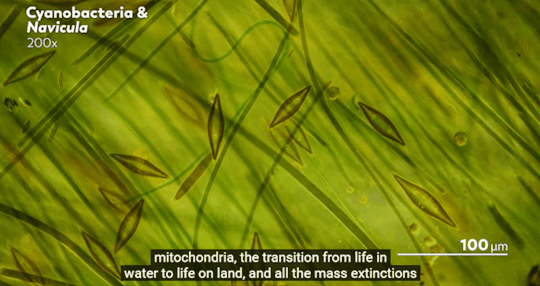

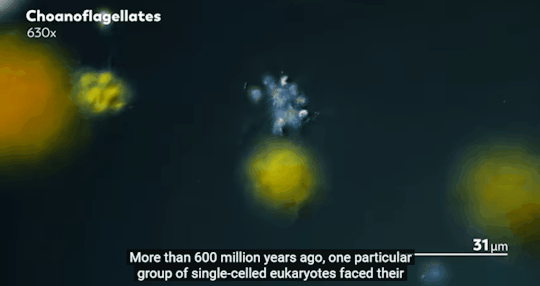

CC: "There have been a lot of significant moments in evolutionary history. There's the emergence of unicellular life, the endosymbiotic origin of chloroplasts and mitochondria, the transition from life in water to life on land, and all the mass extinctions along the way. More than 600 million years ago, one particular group of single-celled eukaryotes faced their own very important fork in the road."
Journey to the Microcosmos- Getting to Know Our Single-Celled Ancestors
Images Originally Captured by Jam's Germs
Quote Originally Captured by Hank Green
69 notes
·
View notes
Text
Teucrium capitatum flowering and visited by pollinator, probably Scolia hirta (Scarab Hunter Wasp) on balcony in Pevki, Athens Greece 🌱



6 notes
·
View notes
Text
Balcony plants with Parnitha flair, Thymbra capitata, Teucrium capitatum, Viola sp., Cyclamen graecum and Oxalis pes-caprae 🌱
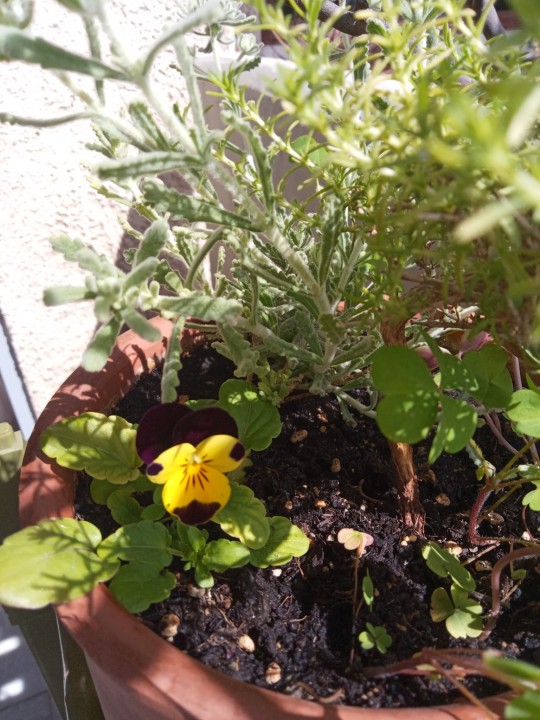

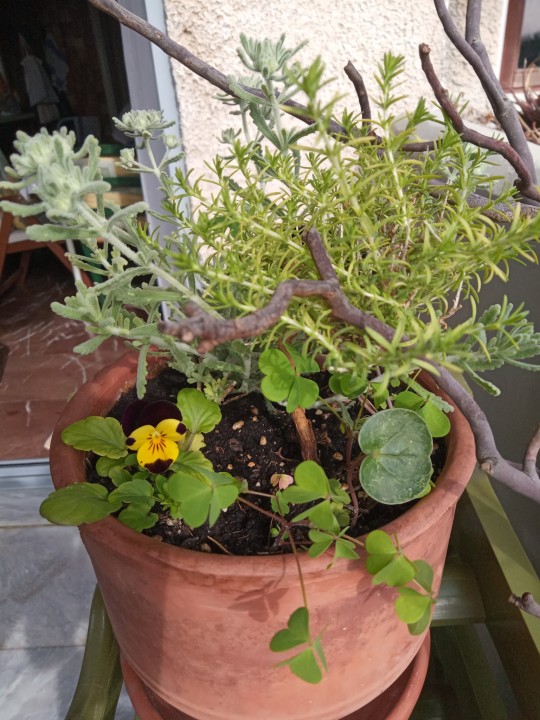
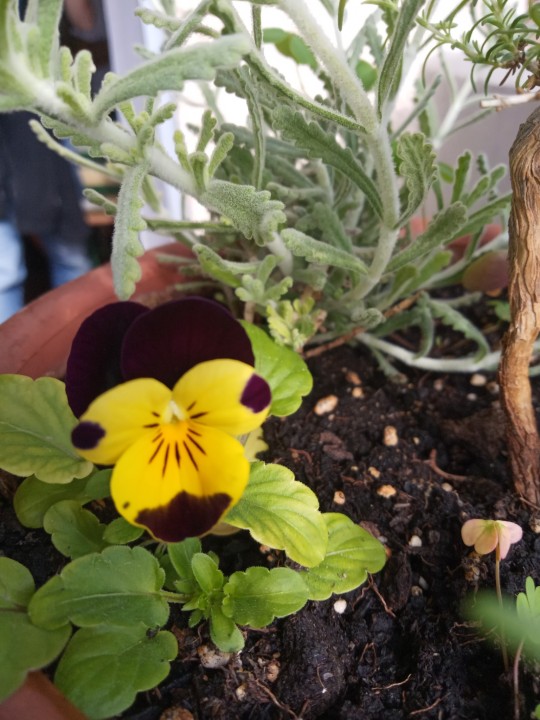
#greece#attica#nature#plants#botany#parnitha#Thymbra capitata#Teucrium capitatum#Viola sp#Oxalis pes-caprae
4 notes
·
View notes
Photo
Reblog from elladastinkardiamou.tumblr.com 🌱 καλή ανάσταση



Athens
Photos by Marios Lolos
59 notes
·
View notes
Link
Reblog from elladastinkardiamou.tumblr.com 🌱

Due to impassioned conservation efforts in Lesvos’ Petrified Forest, a breathtaking, rare endemic orchid species named Ophrys lesbis is now flourishing. This species of orchid — which only grows on Lesvos and nearby island Chios — is a stunning springtime addition to the Forest!
Unique orchids flower in Lesvos Petrified Forest
The Petrified Forest conservation efforts have the goal of protecting the distinctive fossil remains, but the prevention of grazing in the area has had a very pleasant side-effect.
The rare orchids, which grow only there and on the island Chios, are sure to delight visitors to the area. Perfect symbols of springtime, the orchids can now be viewed by visitors and nature lovers.
According to Lesvos Petrified Forest director Nikos Zouros the forest will “allow safe access and observation of flora by park visitors via the implementation of measures to prevent grazing within the park, and protection and observation of the plant population in order to ensure the health and sustainability of this rare habitat.”
7 notes
·
View notes
Text
My favourit these days 🌱
youtube
Sigue amando la vida y baila sola sin dolor las flores le sonríen disfrutando esta canción ya no recuerda esos tiempos de injusticia y de temor sabe que ahora es el momento de salir y cantarle al sol
Συνεχίζει να αγαπά τη ζωή και να χορεύει μόνη της χωρίς πόνο τα λουλούδια να χαμογελούν απολαμβάνοντας αυτό το τραγούδι που δεν θυμάται πλέον εκείνες τις στιγμές της αδικίας και του φόβου που ξέρει ότι τώρα είναι η ώρα να βγει και να τραγουδήσει στον ήλιο
The Lyrics are found in Details of the Video, Seba confirmed my request to post lyrics and Greek version 🌱
3 notes
·
View notes
Text
Reseda alba L.
21.3.2021, Church of Zoodochou Pygis, Lykovrisi, Athens, Attica Greece

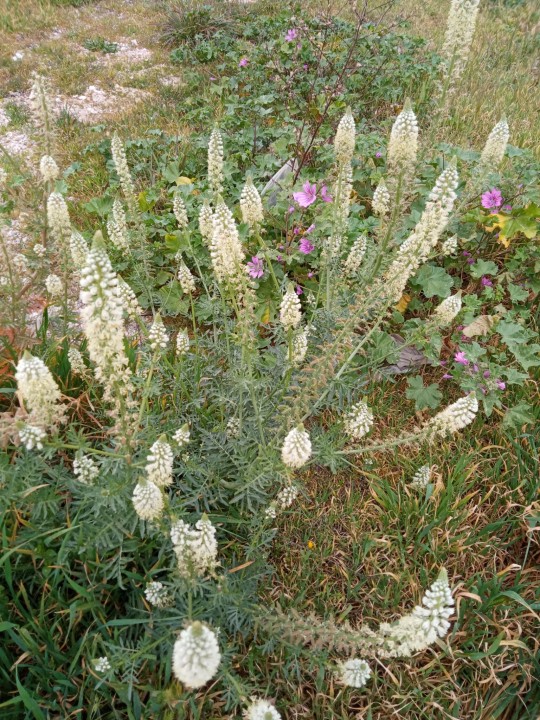
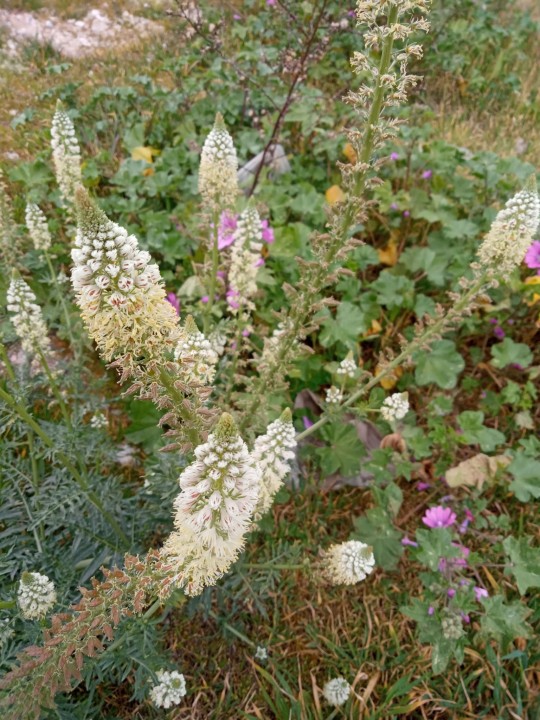
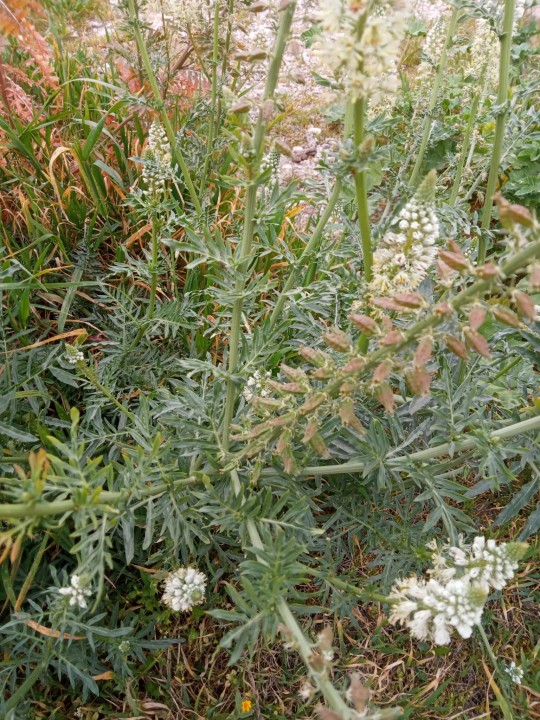
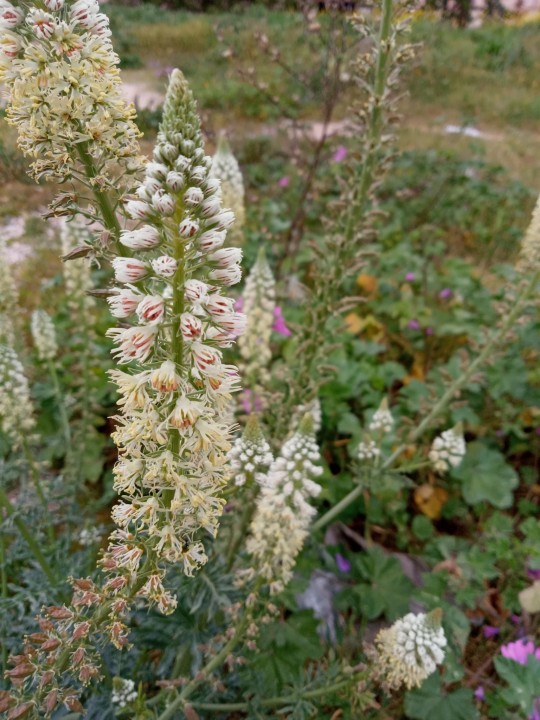
USES AND ETHNOBOTANY
White mignonette is a sought after species of horta (wild edible greens) in parts of Greece. The leaves are pinched off and simmered in water for 10 min often mixed with other horta, then strained. Lemon juice and olive oil and a pinch of salt are added. The dish is eaten hot or at room temperature. The young inflorescence shoot is also edible.
Ελληνική ονομασία: Ρεζεντά η λευκή, Ρεζεντά η ώχρα, Ρεζεβά η λευκή, Ρεζεβά η ώχρα
Κοινή ονομασία: Βρωµούσα, Γουρουνόχορτο, Πιπεριτσα ή Αλεντρίδα, White Mignonette.
Περιγραφή, Βιότοπος:
Τα φύλλα σχηματίζουν ροζέτα στη βάση του βλαστού, κατ’ εναλλαγή, πτεροειδή, με λογχοειδείς βαθιά χαραγμένους, στενούς, κυματιστούς λοβούς, με 5 έως 15 ζεύγη φυλλαρίων, άτριχα.
Τα μικρά αρωματικά και ελκυστικά της άνθη είναι κρεμ-λευκά, σχηματίζουν πυκνούς ακραίους βότρεις και έχουν 5 τρίλοβα πέταλα κροσσωτά και 5 σέπαλα μικρότερα. Τα πέταλα είναι μεγαλύτερα με έντονους επιμήκης λοβούς. Στήμονες 10-20 λίγο κοντύτεροι από τα πέταλα. Θα την δούμε να ανθίζει από αρχές Φεβρουαρίου έως τέλη Απριλίου, ανάλογα με τη περιοχή, το υψόμετρο και την υγρασία.
Ο καρπός είναι σχεδόν τετράγωνη όρθια κάψα, μήκους έως 1,4 εκατοστών, με 4 τριγωνικούς μικρούς όδοντες. Οι σπόροι έχουν νεφροειδές σχήμα.
Αναπτύσσεται σε δρόμους, σε σκουπιδότοπους, σε ξηρό, βραχώδες έδαφος, θα την δούμε διάσπαρτη σε λιβάδια, σε χέρσα καλλιεργούμενα χωράφια αλλά επίσης εμφανίζεται σε αμμώδεις παραλίες.
Source of text : agriamanitaria. gr/reseda-alba
We found this beautiful plant today in the neighbourhood, lockdown is still active here in Attica 🌱
7 notes
·
View notes
Text
Clematis cirrhosa L., Ranunculaceae
28.2.2021, Dema Wall between Mount Platosi (Parnitha) and Zacharitsa (Aegaleo) near Pyrgari, Attica, Greece
Open Phrygana with Quercus coccifera, Thymbra capitata, Olea europaea, Euphorbia acanthothamnos, Drimia numidica
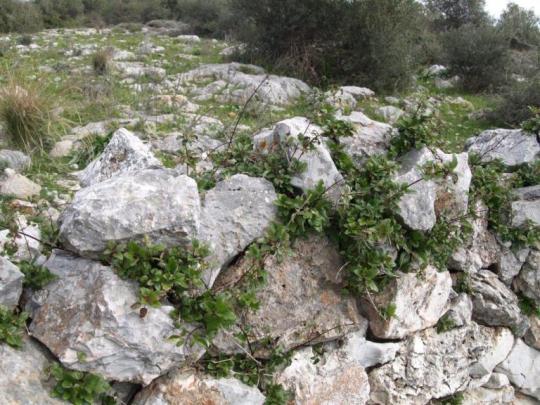

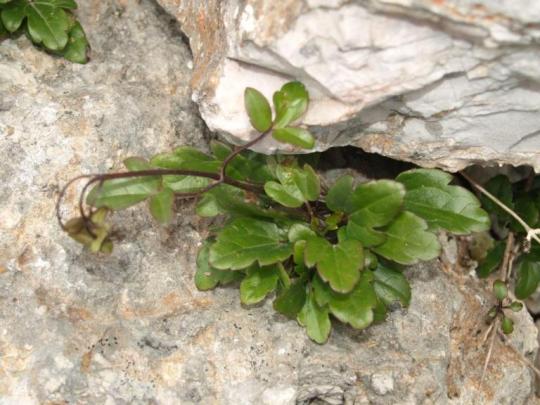



Χελιδρονάκι, χελοδρονιά, κούλμπερι, αμπελίνα, αμπελάρι, περικλοκάδι, αγριόκλιμα
11 notes
·
View notes
Photo
Reblog from elladastinkardiamou.tumblr.com 🌱

“Neither a slave nor a Lady”
International Women’s Day
Source: Plasticmobilism
14 notes
·
View notes
Text

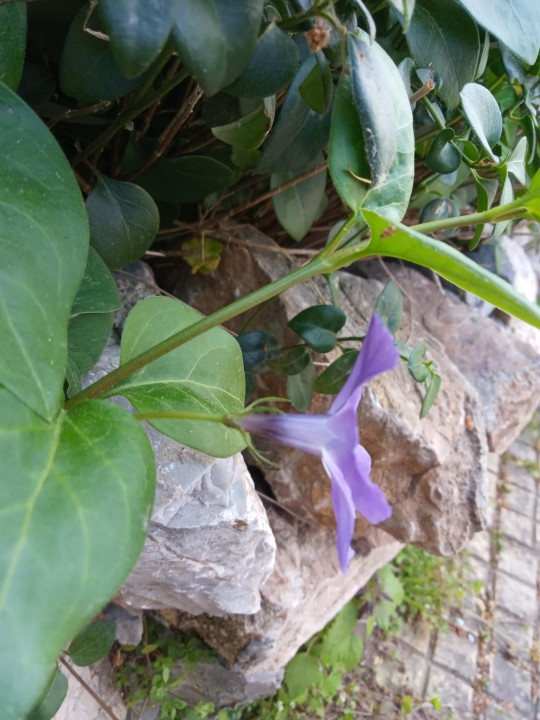

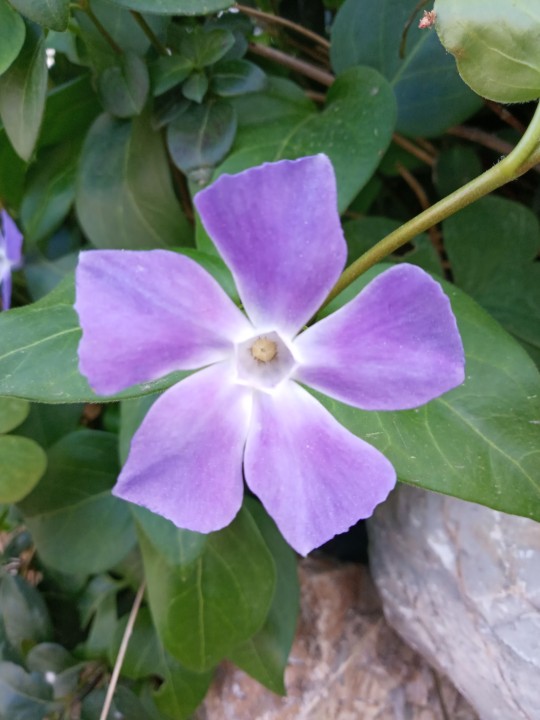
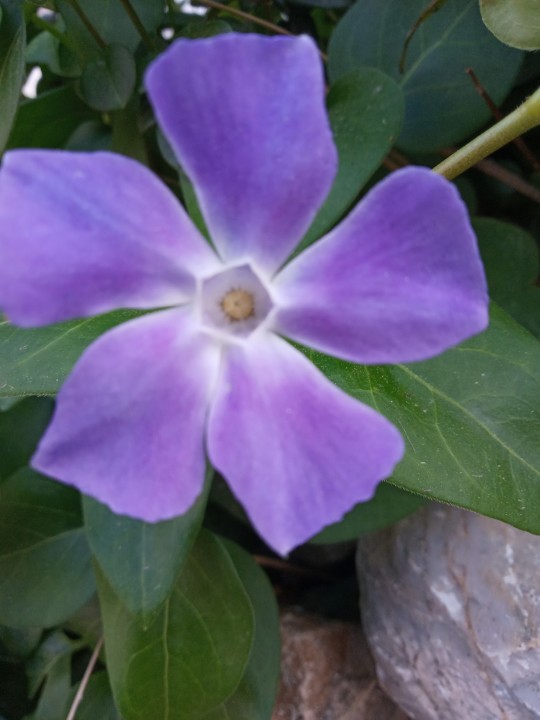
Vinca major L., Apocynaceae
Greater Periwinkle, Large Periwinkle
Βίνκα η μείζων (αγριολίτσα)
7.3.2021, Pevki-Athens, Attica, Greece
Noteworthy Characteristics
Vinca major, commonly called greater periwinkle, large periwinkle or blue buttons, is an evergreen, prostrate, mat-forming perennial with long trailing stems. It is widely used as a ground cover and container plant. North of USDA Zone 7, it is more commonly used as a container plant. Dark green leaves (to 3” long) are ovate to lanceolate. Solitary, tubular, phlox-like, pale violet-blue flowers (to 1 1/2” across) bloom on upright stalks from the leaf axils in spring, and usually continue to bloom intermittently throughout the summer into autumn. Foliage of this periwinkle typically grows to 12-18" tall and spreads indefinitely. Once established, this plant will spread aggressively, rooting at the nodes where the stems come in contact with the soil.
Genus name is from Latin meaning to bind or wind around in reference to the long, flexible stems that were used in wreath making.
Specific epithet means bigger or larger.
Source of text : http://www.missouribotanicalgarden.org/PlantFinder/PlantFinderDetails.aspx
Πολυετές, αειθαλές, ανθεκτικό, ποώδες φυτό ταχείας ανάπτυξης. Χρησιμοποιείται ως εδαφοκαλυπτικό αλλά κι ως αναρριχώμενο. Αποτελείται από πράσινα ή πανασέ, γυαλιστερά φύλλα κι όμορφα γαλάζια λουλούδια.
Καλλιεργείται ως καλλωπιστικό αλλά παρουσιάζει φαρμακευτικές ιδιότητες και χρησιμοποιείται στη φαρμακευτική από την αρχαιότητα έως και σήμερα. Αναφέρονται σε αυτό οι αρχαίοι Έλληνες ιατροί και φαρμακολόγοι όπως ο Ιπποκράτης, ο Θεόφραστος κι ο Διοσκουρίδης αποκαλώντας το φιλαιτέριον, χαμαιδάφνη και κληματίτις ἑτέρα αντίστοιχα, αποδίδοντας του πλήθος ιδιοτήτων. Άλλες ονομασίες του φυτού κατά την αρχαιότητα ήταν κληματίς, δαφνοειδές, μυρσινοειδές, πολυγονοειδὲς.
Source of text : https://www.zeliosgi.gr/poa/vinca/
Since we are still in lockdown here and hiking our favorite mountain paths is impossible, we took this plant photos in the neighbourhood in Pevki 🌱
4 notes
·
View notes
Text






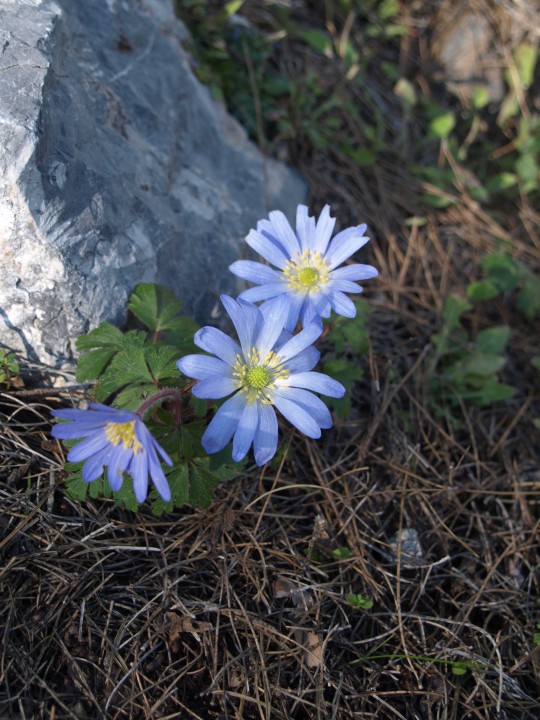
Anemone apennina subsp. blanda (Schott & Kotschy) Nyman
Agios Giorgios Keramidiou, Parnitha, Attica Greece, 24.2.2021
Noteworthy Characteristics
Anemone blanda, commonly called Grecian windflower, is a spreading, tuberous-rooted perennial that is native from southeastern Europe (including of course Greece) to the Caucausus and Turkey. It blooms in early spring. Plants typically grow to only 4-8” tall and feature attractive daisy-like, dark blue flowers, each of which contains 9-14 showy petal-like sepals, but no petals (apetalous). Tubers are knobby in appearance. Foliage is deeply cut and fern-like. Plants spread out to form a carpet of flowers in spring.
Genus name is often said to be derived from the Greek word anemos meaning wind.
Specific epithet means mild, pleasing or charming. The plants and flowers are very charming. Text source: https://www.missouribotanicalgarden.org/PlantFinder/
Description
Anemone blanda is a tuberous perennial herb growing up to 15cm tall. Scape is usually erect, cylindrical, purple and glabrous below bracts (involucre), densely hairy above towards flower. Leaves in whorls, simple, broadly triangular, petiolate, glabrous on both surfaces, dark green above, purplish-green below, divided into irregularly lobed segments; petiole purplish or purplish-green, subglabrous or sparsely hairy. Flowers actinomorphic, hermaphrodite, terminal, solitary, daisy-like; petals absent; sepals 8-21, petal-like, oblong-linear, glabrous, apex usually obtuse; involucre distant from the flower, consisting of 3 deeply dissected bracts; bracts 3-lobed, glabrous, with more or less acute apex; stamens numerous, filaments unequal, greenish and glabrous, anthers pale yellow ; ovary superior, carpels numerous, flowering time February-April. The fruit is an achene. The plant is native to Western Asia (Caucasus, Turkey, Syria, and Cyprus). A rare plant in Cyprus and it is found at calcareous stony hillsides and country roadsides, from 700-1200m alt.
Περιγραφή
Πολυετής και βολβώδης πόα ύψους μέχρι 15cm. Βλαστός απλός, όρθιος, κυλινδρικός, πορφυρός και άτριχος κάτω από τα βράκτια, πυκνά τριχωτός πιο πάνω από αυτά προς το άνθος. Φύλλα σε σπόνδυλο, απλά, πλατειά τριγωνικά, έμμισχα, άτριχα και στις δυο επιφάνειες, σκουροπράσινα στην πάνω και πορφυροπράσινα στην κάτω επιφάνεια, διαιρεμένα σε άνισα λοβωτά τμήματα. Μίσχος πορφυροπράσινος και σχεδόν άτριχος. Άνθη, ακτινόμορφα, ερμαφρόδιτα, μεμονωμένα και επάκρια, μοιάζουν με μαργαρίτες. Πέταλα απουσιάζουν. Σέπαλα 8-21, επιμήκη- γραμμοειδή, άτριχα και συνήθως πλατύκορφα. Τα βράκτια βρίσκονται σε απόσταση από το άνθος, είναι 3 και βαθειά σχισμένα σχηματίζοντας λοβώδη τμήματα, με άνισους, άτριχους και μάλλον οξύκορφους λοβούς. Στήμονες πολλοί με άνισο, πρασινωπό και γυμνό νήμα, ανθήρες με χλωμό κίτρινο χρώμα. Ωοθήκη επιφυής με πολλά καρπόφυλλα. Ανθίζει Φεβρουάριο-Απρίλιο. Ο καρπός είναι αχαίνιο. Πατρίδα του η Δυτική Ασία (Καύκασος, Τουρκία, Συρία, Κύπρος). Σπάνιο φυτό στην Κύπρο και απαντάται σε πετρώδεις ασβεστολιθικές εκτάσεις και κατά μήκος αγροτικών δρόμων από 700-1200m υψόμετρο. Source : https://savvastryfonosplants.com/anemone-blanda/
We found this beautiful Anemone flowering just besides the snowy parts of the path, it's delicate blue flowers with many slim petal like sepals and hairy stems are easily distinguished.
#greece#attica#nature#plants#botany#parnitha#Agios Giorgios Keramidiou#Anemone#Anemone blanda#Grecian wind flower#Winter windflower
4 notes
·
View notes


